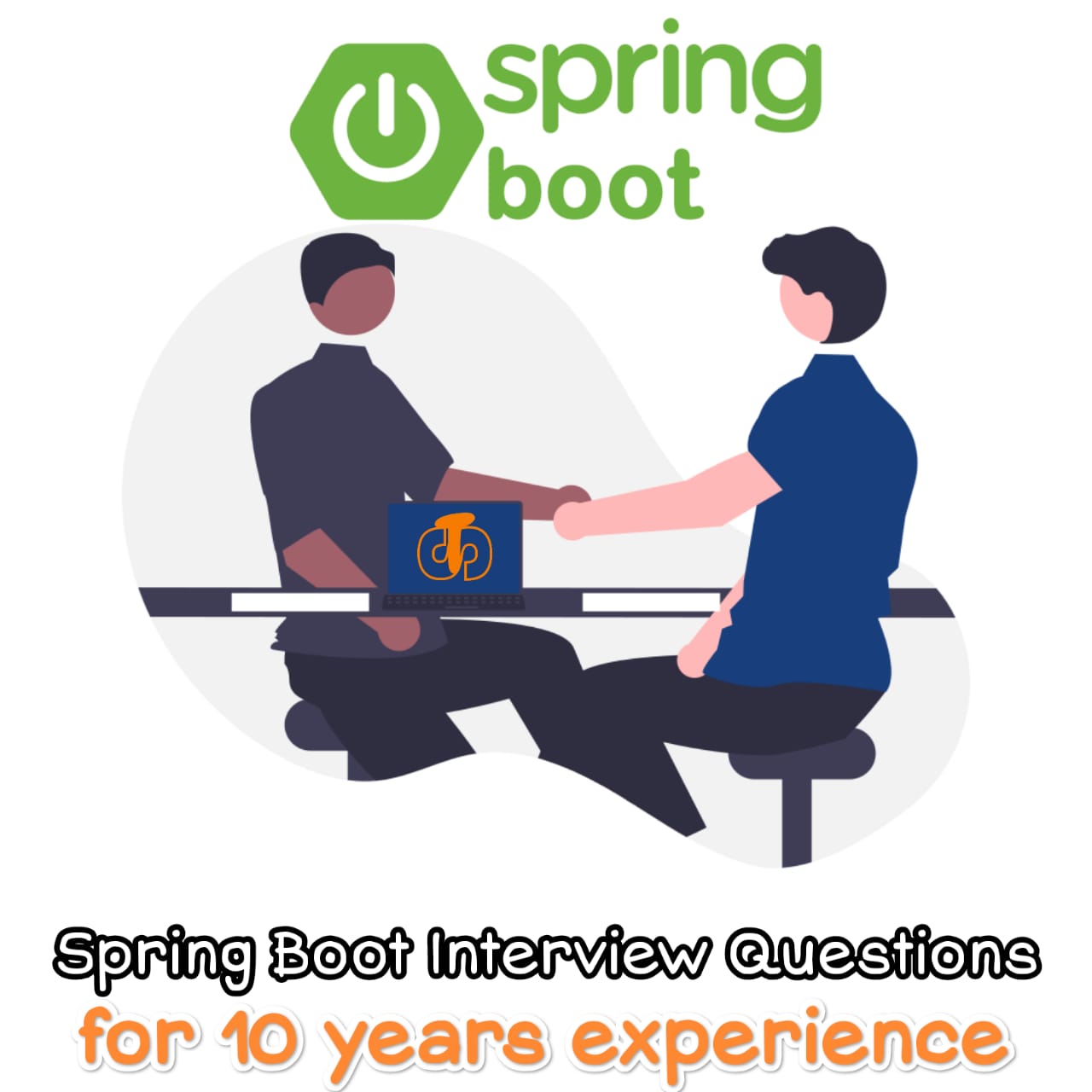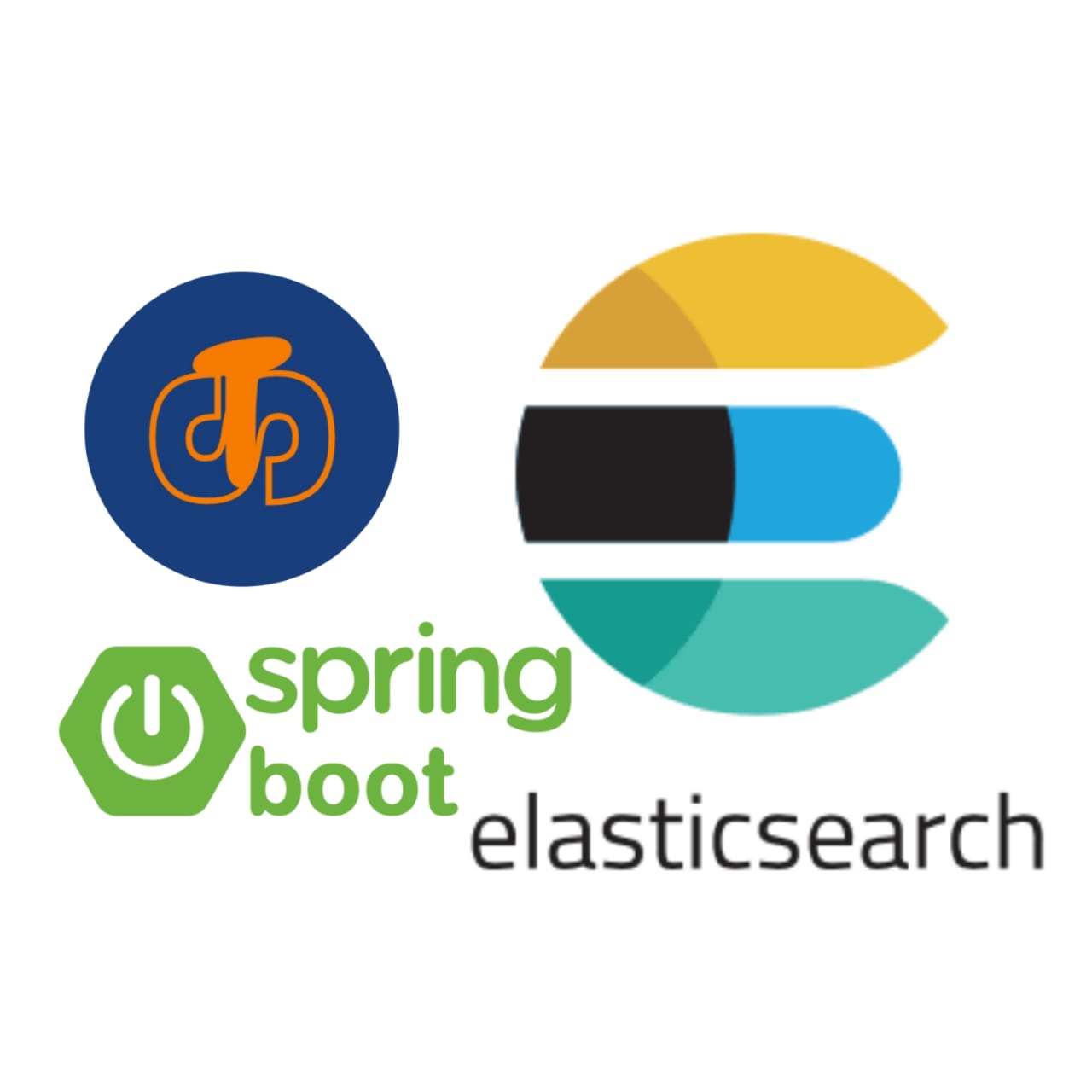GPT Model Interpretability - MGM
Welcome to Day 6 of our GPT course! Today, we will delve into the fascinating world of GPT model interpretability. As these models grow more powerful and complex, it becomes essential to understand how they make predictions and gain insights into their decision-making process. Interpretability and explainability play a crucial role in building trust and understanding the inner workings of GPT models.
Explore Interpretability and Explainability in GPT Models
GPT models, especially those based on transformer architectures, are deep neural networks with numerous parameters and complex interactions. Understanding the reasoning behind their predictions can be challenging. Interpretability refers to the ability to explain how a model arrived at a particular decision or prediction. By gaining insights into what factors influenced the model's output, we can better understand its behavior.
Explainability takes interpretability a step further, aiming to provide human-understandable justifications for model predictions. This is particularly important in critical domains where trust and accountability are essential, such as healthcare and finance.
Learn Techniques to Interpret Model Predictions and Visualize Attention Mechanisms
Various techniques can help us interpret GPT model predictions. One common approach is attention visualization. GPT models use attention mechanisms to focus on relevant parts of the input text when generating responses. Visualizing attention allows us to see which words the model pays the most attention to during the prediction process, shedding light on how it processes information.
Here's an example of visualizing attention in a GPT-2 model:
# Import necessary libraries
import torch
from transformers import GPT2Tokenizer, GPT2Model
# Load the pre-trained GPT-2 model and tokenizer
model_name = "gpt2"
tokenizer = GPT2Tokenizer.from_pretrained(model_name)
model = GPT2Model.from_pretrained(model_name)
# Input text
text = "Once upon a time, in a land far away,"
# Tokenize input text
input_ids = tokenizer.encode(text, return_tensors="pt")
# Get model output and attention weights
with torch.no_grad():
outputs = model(input_ids)
# Extract attention weights from model outputs
attention_weights = outputs.attentions
# Visualize attention weights
# You can use libraries like matplotlib to plot attention heatmaps
Understand How to Gain Insights into the Model's Decision-Making Process
Interpreting GPT models' decisions involves more than just attention visualization. Other techniques, such as saliency maps and gradient-based methods, can help identify the most influential input features for a given prediction. These methods highlight the tokens or features that had the most significant impact on the model's output.
Furthermore, probing tasks involve feeding the model with specially crafted inputs to understand its understanding of specific linguistic phenomena or reasoning capabilities. By observing the model's responses to these inputs, we can gain insights into its knowledge and limitations.
Remember that interpretability is an ongoing research area, and no single method provides a complete understanding of complex models like GPT. It is crucial to combine multiple techniques to gain a holistic view of the model's behavior.
Interpretability and explainability empower us to build more trustworthy and reliable AI systems. By understanding how GPT models arrive at their predictions, we can identify potential biases, improve their performance, and make informed decisions when deploying them in real-world applications.
As you continue your journey into GPT models and AI, keep exploring and experimenting with interpretability techniques to unlock the secrets of these powerful language models.








Comments
Post a Comment